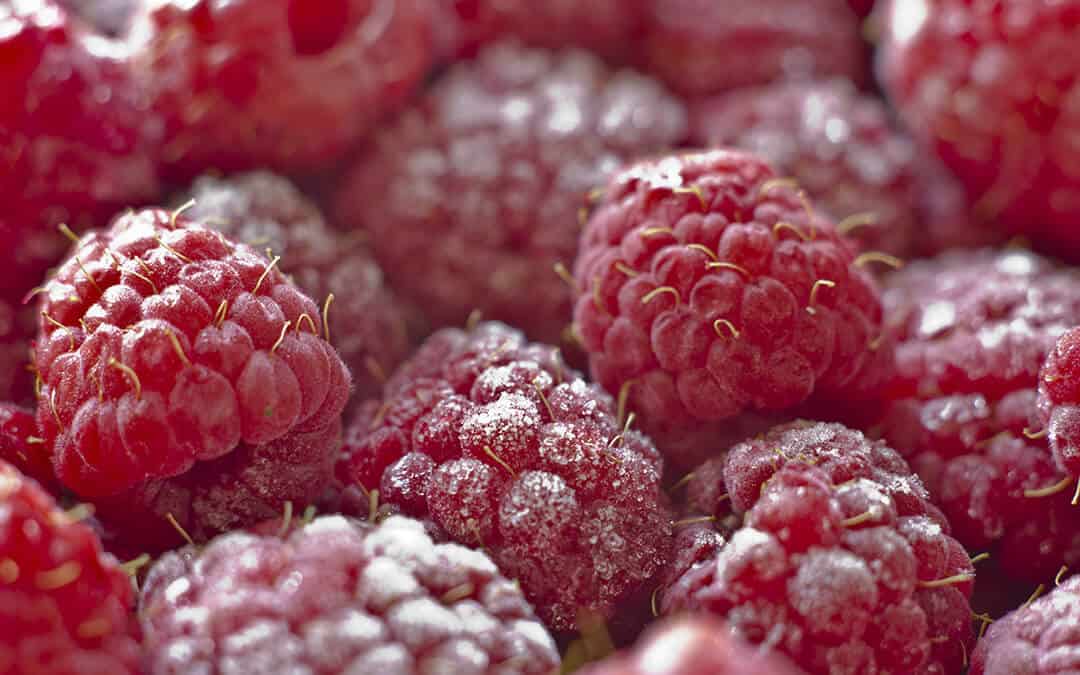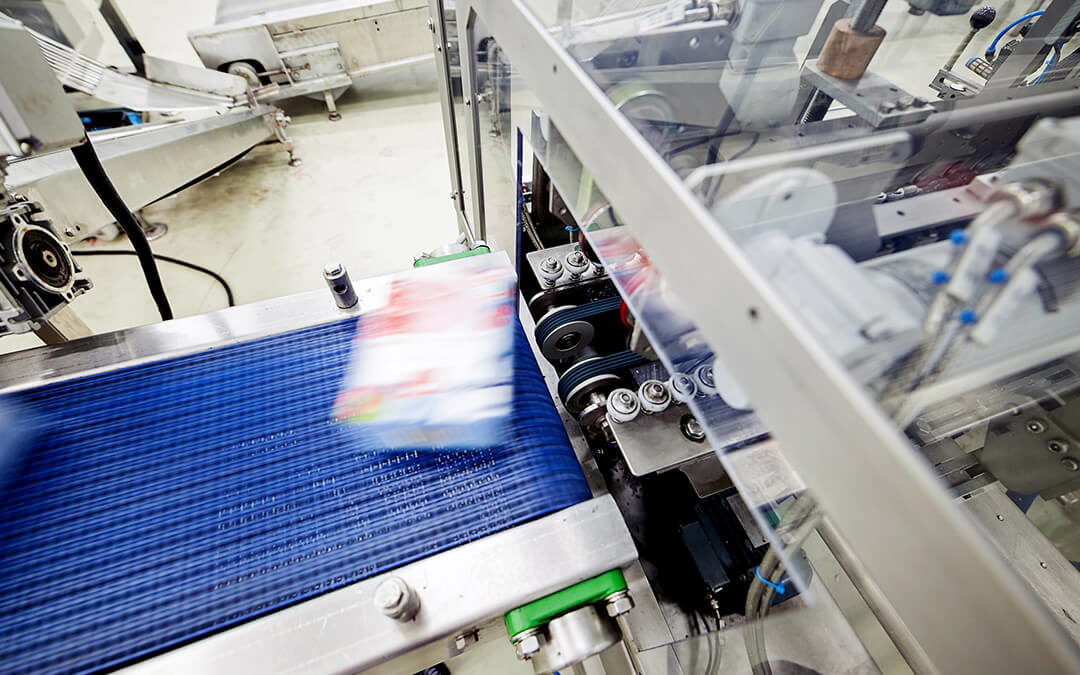Modern cryogenics, or very low-temperature freezing “defined as freezing at -75°F (-59°C) or below”1, is disrupting the food packing industry in a good way. Here are two key ways.
1. Cryogenics is Reducing Packing Plant Carbon Footprints
In other words, cryogenics is, in the long run, good for the environment. For example, at Omni Baking in Vineland, New Jersey, a crossflow spiral freezer is reducing the company’s carbon footprint by 30 percent (as well as reducing the amount of floor space needed for its equipment).
What is spiral freezing? Well, according to Process Cooling Magazine, this technology
“combines high efficiency nitrogen utilization with high volume throughput. (The technology) leverag(es) both the liquid and gaseous phases of nitrogen in a unified two-stage process to maximize cryogen efficiency. The nitrogen bath instantly crust freezes products to lock in moisture, shape and quality — and helps prevent individual quick frozen (IQF) products from clumping and sticking.”
According to Cryogenic Society of America, Inc.2, as the food industry develops, different types of customers “require different freezing technologies and skill sets to solve their freezing problems. Therefore, manufacturers continue to develop different types of freezers.” The three most common types of cryogenic freezers are tunnels, spiral freezers (which operate like tunnels), and LN2 immersion freezers. Tunnel freezers, for example, sprang up in the hamburger patty industry and are now used across industries, from the airline industry to the prepared and ethnic food industries. But, why use them? Well, if reducing your carbon footprint isn’t reason enough, how about cost-savings?

2. Cryogenics is Reducing Overhead Costs
According to Process Cooling Magazine3, the positive impact of modern cryogenics on the food packing industry cannot be underestimated. The lower the overhead costs, the more competitive the food packing plant, right? Well, cryogenics is reducing overhead costs across the country. For example, one spiral immersion freezer can process up to 20,000 pounds of food per hour, far outpacing its slow predecessor, the mechanical freezer. Process Cooling explains:
“If properly designed, some nitrogen impingement freezers offer the highest freezing capacity per square foot of floor space.”
In other words, you get more freezing power per square foot when you invest in nitrogen-powered, or cryogenic, freezers. And the more floor space you have, the more equipment you can purchase, and the greater capacity you have in your plant. In other words, cryogenics can increase your processing capacity, or the amount of food your plant can handle. That’s good news, and it’s just the tip of the iceberg.
Learn more about buying liquid nitrogen from CalOx, or contact us today.
1. Baking & Snack, April 1998 cited in Process Cooling Magazine
2. https://cryogenicsociety.org/resources/cryo_central/food_processing/
